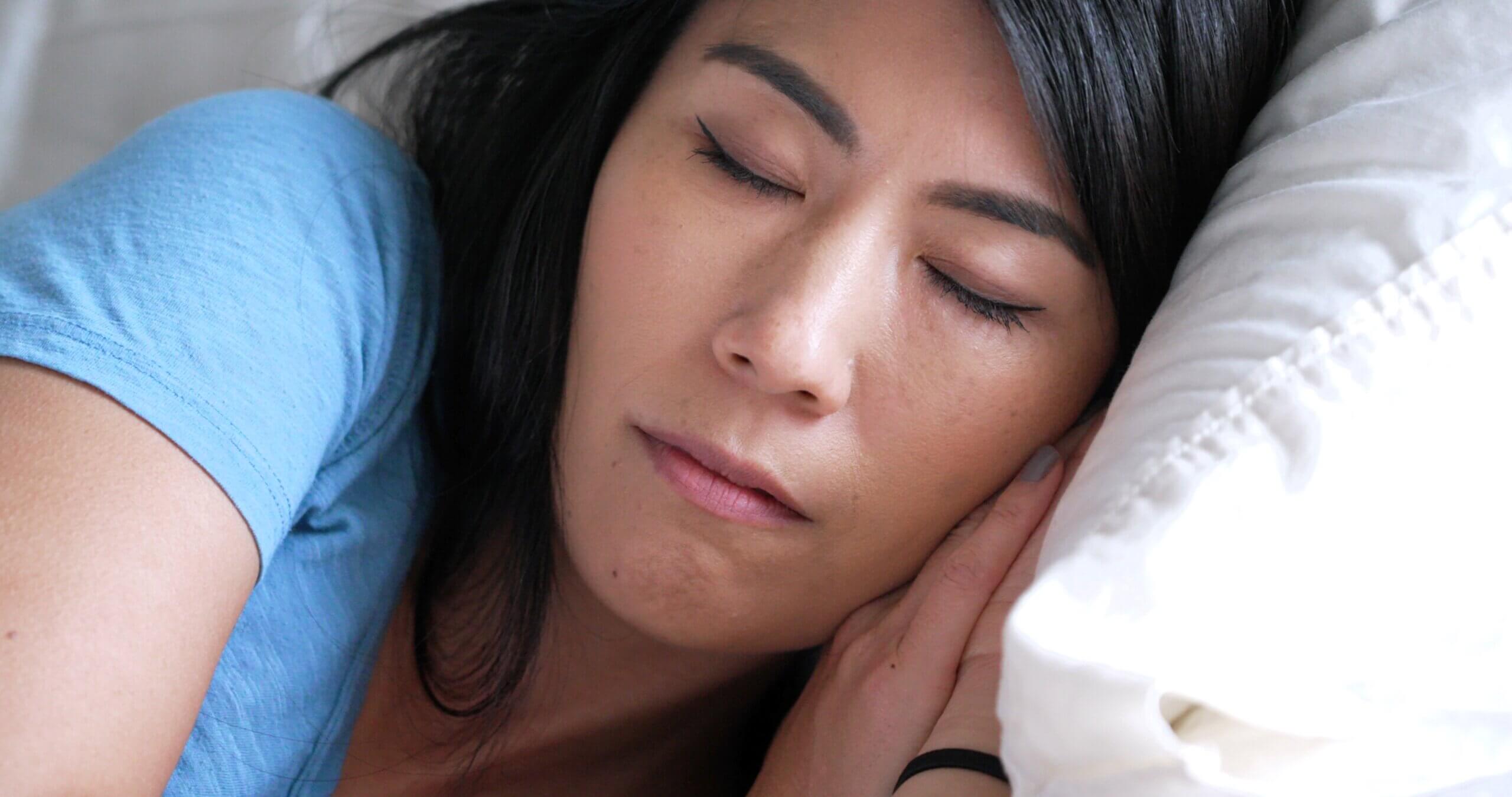How to Erase Sleep Lines & Prevent Long-Lasting Wrinkles on Your Face

Is Nighttime Wrinkle Prevention Possible?
When it comes to wrinkle prevention, some things are more straightforward than others. Limiting sun exposure, for example, is fairly obvious and clear-cut. But what about how to prevent wrinkles caused by sleeping?
After sun exposure, the act of sleeping is one of the greatest contributing factors to facial wrinkles. How is this possible? When the face rests against a pillow, the skin becomes compressed, sheared and distorted. These forces, subjected onto the skin for up to eight hours or more every night, can cause wrinkles over time — especially as collagen, elastin and hyaluronic‑acid levels decline with age.
Sleep wrinkles can often form in conjunction with expression wrinkles, known as dynamic rhytids or the repeated contraction of facial muscles over a lifetime. Common examples of expression wrinkles are crow’s feet, smile lines and forehead wrinkles.
If you’ve noticed sleep wrinkles forming on your face, there are both at-home strategies and professional treatments you can try, with some even helping to reduce expression wrinkles. Learn how to reduce or remove sleep lines on your face below.
How Your Pillow Is Aging You
Sleeping on your side or stomach causes your face to make contact with your pillow all night. This force can cause lines to form on your face, especially on the side you favor most.
Younger skin, rich in collagen and elastin, is more resilient to these forces. But as we age, it becomes harder for the skin to bounce back against added pressure on the collagen network, making your skin more prone to permanent creases.
These wrinkles most commonly appear on the cheeks, around the eyes and along the jawline, forming vertical or diagonal lines much different than expression wrinkles.
How to Prevent Wrinkles From Sleeping
Preventing sleep wrinkles comes down to two main strategies: switching sleep positions to minimize pressure on your face and adhering to a strict care routine.
Switch Sleep Positions
Sleeping on your back is universally recommended — not just for spine alignment and reducing joint strain, but for minimizing facial pressure that can lead to sleep wrinkles.
If side sleeping is more comfortable, use a firm pillow and position your head so that your temple is propped up against the bottom edge of your pillow, with the rest of your face — from your cheekbone down to your chin — hovering above the mattress. This prevents both the pillow and the mattress from contacting the majority of your face during sleep.
You’ll also want to avoid sleeping on your hands, which can distort facial skin and lead to creases over time. For extra protection, especially around the delicate eye area, consider wearing a silk sleep mask to reduce friction and help preserve skin elasticity.
Disciplined Skincare Routine
A consistent and effective skincare routine can go a long way toward preventing sleep wrinkles. Consider incorporating the following into your nighttime routine:
Retinol products can boost cell turnover and support collagen production — helping to keep skin firm, smooth and more resilient to compression lines.
Hydrating serums with hyaluronic acid will help plump the skin and retain moisture while you sleep.
Rich, nourishing night creams lock in hydration, strengthening the skin barrier to reduce overnight moisture loss and support a more supple, refreshed appearance.
In addition to this nighttime routine, it’s important to always apply broad-spectrum sun protection during the day. Damaging UV rays can break down collagen and elastin, making your skin more prone to sleep wrinkles, expression wrinkles, sun spots and more.
How to Erase Existing Lines and Build Lasting Resilience
Prevention techniques are great, but once sleep lines are etched and elasticity is lost, they may not be enough. For skin that’s moderately to severely affected, you may need to seek deep structural repair from professional aesthetic treatments.
How to Remove Sleep Lines on Your Face
Rebuilding Collagen With Microneedling
Microneedling is a minimally invasive treatment that delivers powerful results. By triggering your skin’s natural healing response, it promotes fundamental dermal restructuring — stimulating collagen production to smooth existing lines and help prevent new ones from forming.
The experts at Renew use SkinPen®, a medical-grade, state-of-the-art microneedling device to perform these treatments.
Smoothing Expression Lines With BOTOX®
BOTOX® remains the gold standard for treating expression wrinkles. By relaxing the underlying muscles, it softens existing lines and prevents them from deepening over time. While microneedling is ideal for building up skin resilience against sleep wrinkles, BOTOX® takes care of expression wrinkles that may worsen overnight from repeated facial tension, unconscious frowning or muscle contractions during sleep.
Your Personalized Path to Wrinkle-Free Mornings
With the right strategy, you can reverse the effects of sleep wrinkles and enjoy tighter, smoother skin. Implement a nighttime skincare routine with retinol products, hydrating serums containing hyaluronic acid, and nourishing night creams for wrinkle prevention. To address moderate to severe sleep wrinkles, explore more extensive aesthetic treatments at a trusted clinic.
Ready to get started? We’d love to discuss sleep wrinkles, expressive wrinkles and any other skin conditions or concerns you may have. Schedule your consultation at Renew Plastic Surgery today.
